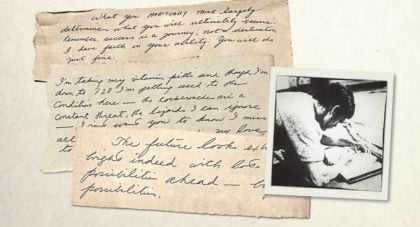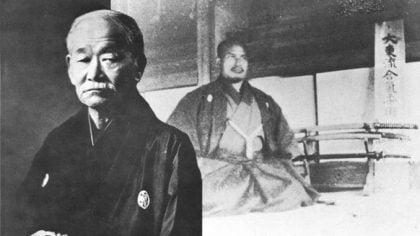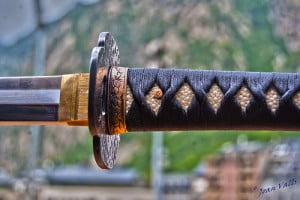Ninjutsu involves using every part of the body – hands, feet, elbows, knees, and forearms -as weapons. Training with weapons such as swords and chains is also a major part of ninjutsu. The original ninja were born into ninja families and trained from childhood in the arts of horse riding, archery, espionage, and assassination. Three main types of ninjutsu are: Bujinkan, Genbukan, and Jinenkan.
Bujinkan, headed by Masaaki Hatsumi, is a system of nine separate martial arts traditions. Several of the martial arts taught in the Bujinkan can be traced back to the Iga region of Japan. Bujinkan training consists of both armed and unarmed fighting methods
A variety of weapons are taught, including:
1. Swords
2. Bamboo
3. Nawa (rope)
4. Kusari-fundo (weighted chain)
5. Kusarigama (scythe with chain)
6. Yari (spear)
7. Tessen (iron fan)
Students are encouraged to use any available weapons in self defense, and learn to hide weapons to surprise their enemy. Bujinkan emphasizes stealth and deception.
Genbukan was founded in 1984 by current grandmaster Shoto Tanemura. Genbukan means “place that nurtures the professional martial artist.” The Genbukan’s specific purpose is propagation and preservation of the Genbukan Ninpo Bugei, or martial arts techniques.
Genbukan taijutsu consists of five major types of training:
1. Dakentaijutsu (emphasizing striking techniques)
2. Jutaijutsu (emphasizing throwing techniques, locks, and chokes)
3. Koppojutsu (emphasizing nerve and pressure point attacks and bone breaking)
4. Kosshijutsu (similar to Koppojutsu in emphasis)
5. Taihenjutsu (emphasizing body movement and placement to counter or avoid attacker)
Jinenkan is a Japanese kobudo (old/ancient/classical martial way) organization. Jinenkan means “Hall of Nature,” and emphasizes natural movements and strength found in nature and natural surroundings.
The Jinenkan was begun in 1996 by Manaka Fumio, who had been a student of Bujinkan master Masaaki Hatsumi. All training is done strictly in keeping with the Densho, or the written legacy of tradition made to be passed on from teacher to student.
It was ninja’s intensive physical and mental training that created the impression that ninja had magical abilities. Stories of such magical techniques were promulgated by people who feared what they could not understand. The ninja were happy to let the stories spread because it made them appear to be a more frightening force to be reckoned with. Other articles in this section will focus on Bujinkan, Genbukan, and Jinenkan individually.
Joyce





